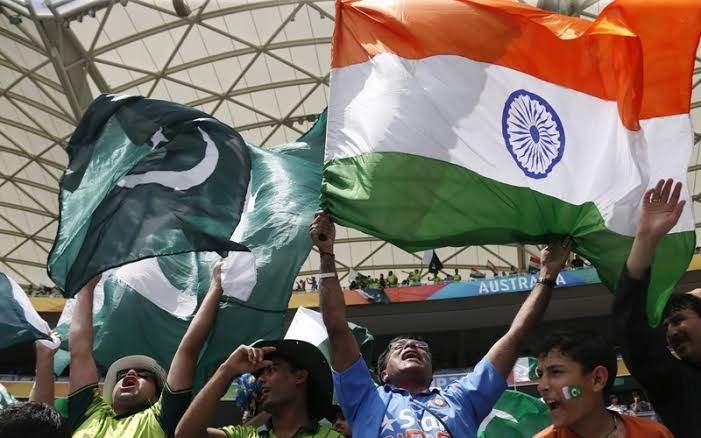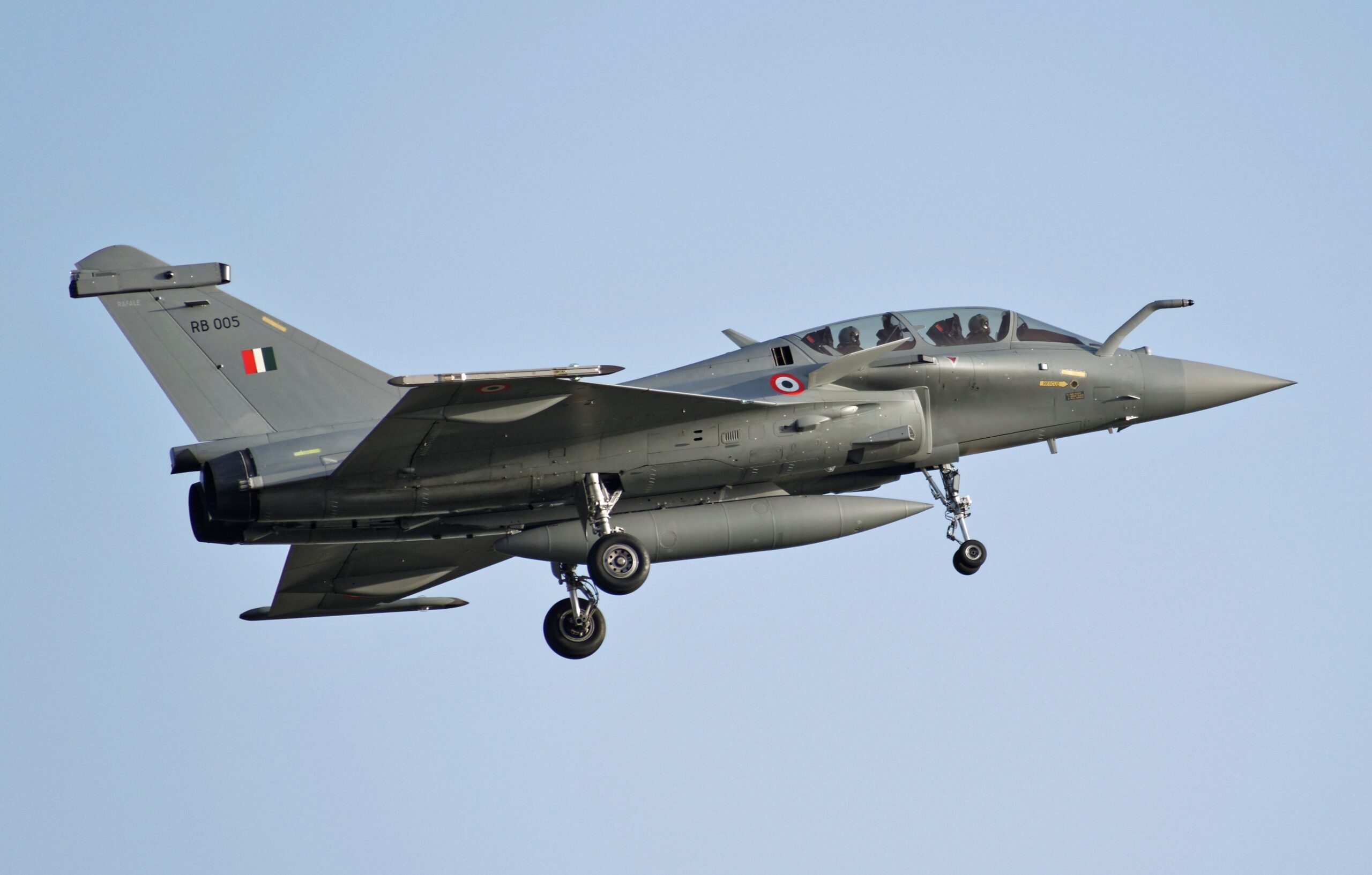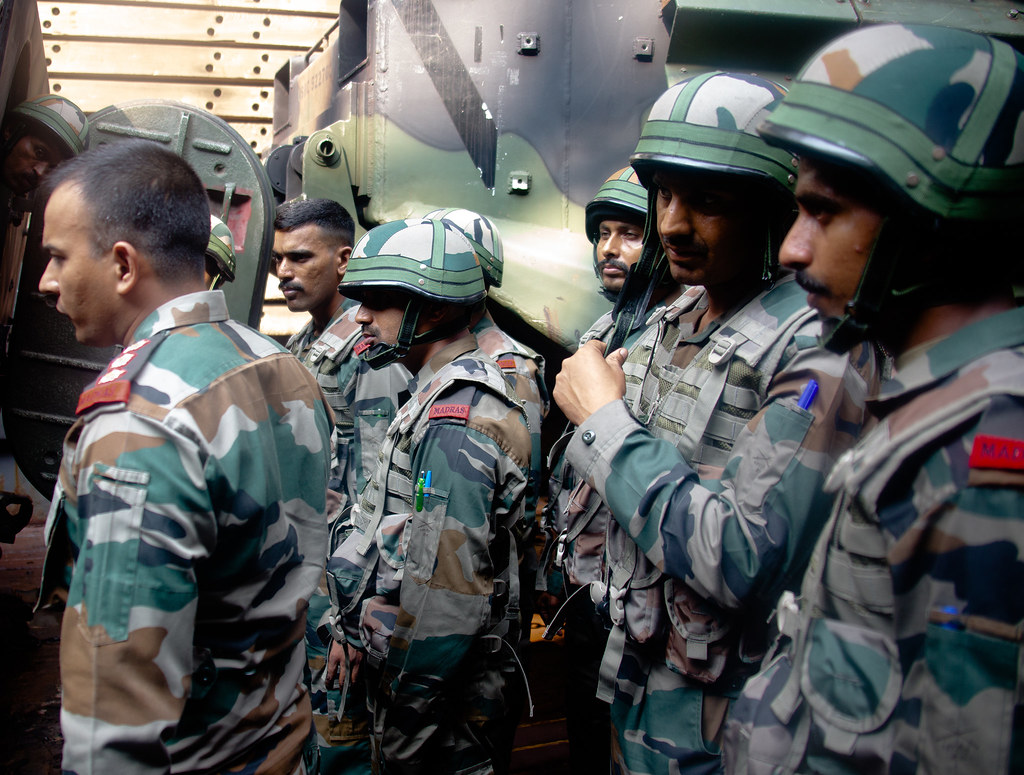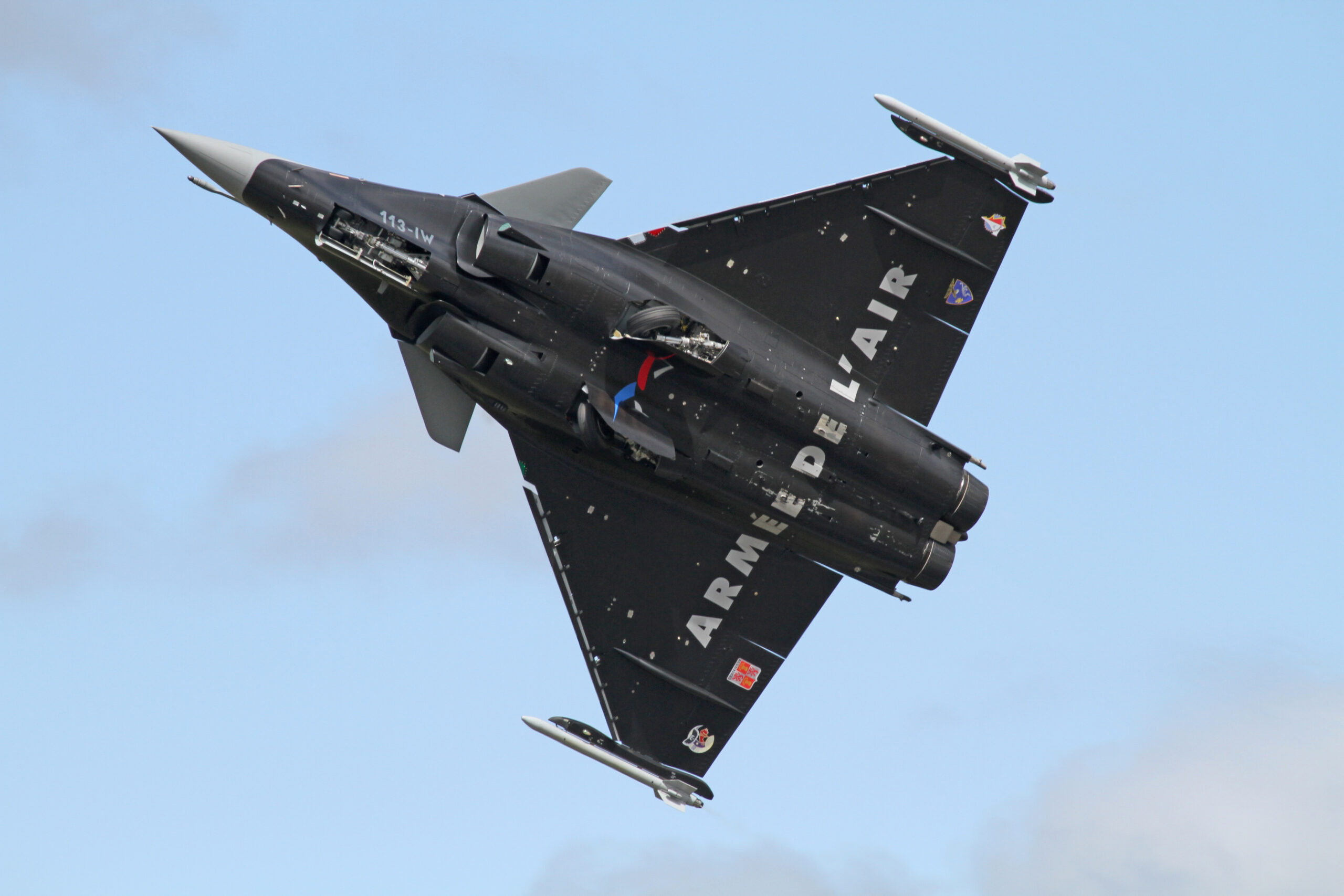Meta Description:
Tensions erupt between India and Pakistan as late-night airstrikes leave eight civilians dead and 35 injured in Pakistan. In a swift military response, Pakistan claims to have shot down three Indian fighter jets and destroyed key military targets.
Midnight Strikes Ignite Regional Crisis
In a dramatic escalation of hostilities, Pakistan has accused India of launching unprovoked airstrikes across multiple regions, including Bahawalpur, Muzaffarabad, Muridke, and Kotli. The strikes, which began shortly after midnight, reportedly resulted in the deaths of eight civilians and left 35 others wounded.

Addressing the press in the early hours of the morning, Director General of Inter-Services Public Relations (ISPR), Lt. Gen. Ahmed Sharif Chaudhry, condemned what he described as “cowardly and unjustified” attacks. According to official statements, the Indian military executed 24 precision impacts using advanced weaponry, targeting civilian areas in six locations.
Civilian Casualties and Destruction of Religious Sites
One of the most tragic consequences of the airstrikes occurred in Ahmedpur East, where the Subhan mosque was struck four times. Among the five casualties was a three-year-old girl. More than 30 people, including women and children, were injured in the incident. The mosque, a sacred site in the community, was reduced to rubble.
In Muzaffarabad, the Bilal mosque was reportedly hit by seven strikes. While the blast injured a young girl and damaged the structure severely, no further fatalities were reported.
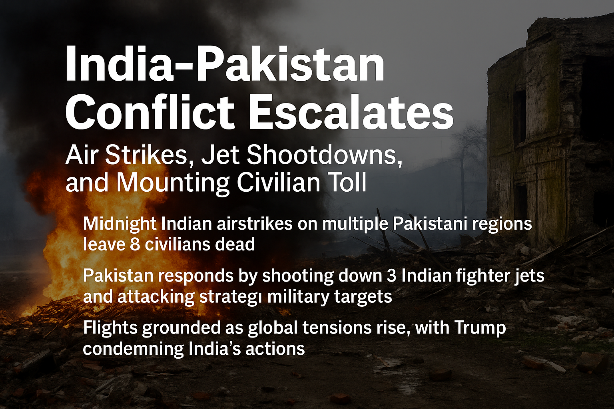
The town of Kotli also suffered devastating losses. Five strikes targeted the Abbat mosque, killing a 16-year-old girl and an 18-year-old boy. A mother and her daughter were injured. These sites, once symbols of peace, are now testaments to the sudden and violent flare-up.
Pakistan’s Retaliation: Fighter Jets Shot Down
In swift response to the strikes, Pakistan’s air defense systems engaged Indian aircraft believed to be involved in the incursion. Lt. Gen. Chaudhry confirmed the downing of three Indian fighter jets, including at least one Rafale. The shootdowns occurred near Bhatinda in India’s Punjab region, Akhnoor in the disputed Jammu and Kashmir region, and 17 nautical miles southwest of Awantipora.
Pakistan’s national broadcaster, PTV, refuted Indian claims of Pakistani losses, stating clearly that no Pakistani jets were damaged in the ongoing aerial engagements.
Strategic Targets Hit: Indian Brigade HQ and Checkposts Destroyed
Beyond air combat, Pakistan claims to have struck back with precision. Key Indian military infrastructure, including a brigade headquarters and a checkpost along the Line of Control, was destroyed in the counter-offensive. These actions are part of what Pakistani officials are calling a “measured and proportionate” response to Indian aggression.
International Air Traffic Disrupted
As tensions reached boiling point, Pakistan suspended all inbound and outbound flights, diverting air traffic to Karachi, the country’s largest city. Commercial air traffic across northern India was also severely impacted, with airports placed on high alert. International carriers rerouted flights to avoid entering the conflict zone, highlighting the growing global concern.

Political and Global Reactions
Pakistan’s National Security Committee has called an emergency session at 10:00 AM to discuss the developing situation. Government leaders are reportedly in constant communication with military brass to assess both the immediate and long-term implications of the cross-border strikes.
In an unexpected development, former U.S. President Donald Trump condemned India’s actions, calling the strikes a “shame” and urging both nuclear-armed nations to de-escalate immediately. His comments have reignited debates about Washington’s role in the South Asian geopolitical landscape.
Historical Context: A Tense Border
The conflict between India and Pakistan, particularly over the disputed region of Kashmir, has seen multiple military stand-offs over the decades. Both nations claim the territory in full but govern it in parts. The latest flare-up, however, marks one of the most severe escalations in recent years and could destabilize broader regional peace.
Military analysts note that the strikes and retaliations are alarmingly reminiscent of the Balakot airstrikes of 2019, where both nations exchanged fire and military assets. While back-channel diplomacy eventually brought calm, current conditions suggest a much more complex and volatile situation.
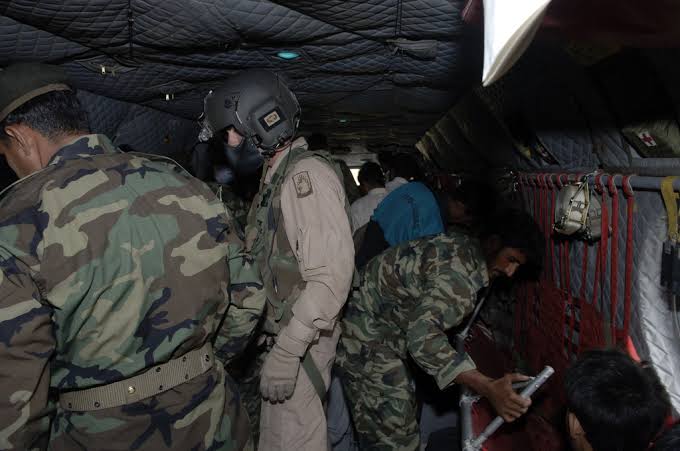
The Road Ahead: War or Diplomacy?
The South Asian subcontinent now stands at a crossroads. With advanced fighter jets downed, civilian lives lost, and strategic targets under fire, the world watches anxiously. The next few hours could be pivotal.
Lt. Gen. Chaudhry ended his briefing with a powerful message: “We did not choose war, but we will not stand down in the face of aggression. Pakistan will protect its people and sovereignty at all costs.”
Despite the rhetoric, many hope that diplomacy can still prevail. Talks of third-party mediation, possibly by the United Nations or influential states like China or the U.S., are already circulating in international diplomatic circles.
Conclusion: High Stakes in South Asia
With high-value assets destroyed and civilian casualties mounting, the current India-Pakistan escalation could have far-reaching implications not just for the two nations involved but also for international peace and security. Economic experts warn that regional conflict could disrupt global supply chains and send oil and gold prices soaring, affecting financial markets worldwide.
As both nations weigh their next moves, the international community must act swiftly to mediate, de-escalate, and prevent further tragedy.
